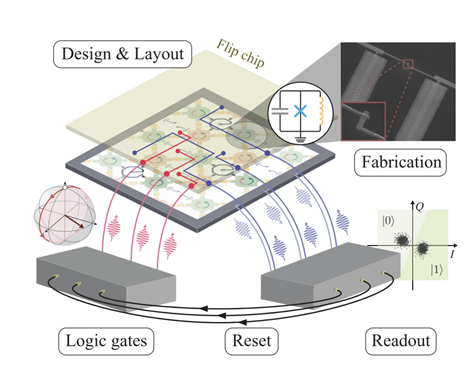Benefits of ASCR
The evolution of the ASCR program will enable the U.S. to take advantage of the changes in computer hardware technology and deliver computers and networks that are a thousand-fold more energy efficient than today, drive unprecedented improvements in the scientific understanding of areas critical to the future of the Country, and secure a competitiveness advantage in high-tech and information technology industries.
Because computer-based simulation is so important to research programs across SC and the Nation, in addition to its core research program, ASCR invests in partnerships to advance use of high end computing in a wide array of disciplines important to DOE and operates the Leadership Computing Facilities as open user facilities with access determined by merit evaluation of proposals. The next generation of ASCR partnerships will drive unprecedented scientific advances for SC and the Nation. Some examples of applications that rely on both ASCR facilities and research efforts and have important benefits to science and society at large include:
- Computational chemistry and simulation of nanomaterials relevant to energy applications. These applications are funded in partnership with the Basic Energy Sciences program.
- Next generation Earth System Models to dramatically improve our ability to predict changes in global climate. This work is funded in partnership with the Biological and Environmental Research program. ASCR also provides the majority of the computing and networking resources for the U.S. contributions to the Intergovernmental Panel on Climate Change.
- Simulations of fusion reactors. This work is jointly funded with the Fusion Energy Sciences program.
- Computer modeling of nuclear structure with relevance for science, nuclear energy, and nuclear weapons. These applications are through partnerships with both the Nuclear Physics program and the National Nuclear Security Administration.
- Analysis of massive amounts of data from experiments such as the Large Hadron Collider, and simulations, such as three dimensional simulations of supernovae events, which are only possible with leadership computing resources. These works are supported through partnerships with the High Energy and Nuclear Physics programs and the National Nuclear Security Administration.
- Simulations of biological systems relevant for bioenergy applications and subsurface science research to characterize and predict changes in DOE’s environmental management sites. This work also has implications for DOE’s efforts in subsurface carbon sequestration. These applications are partnerships with the Biological and Environmental Research Program.
In addition to these benefits, establishing SC Leadership Computing Facilities has required partnerships with hardware vendors to develop the most appropriate architectures for scientific discovery and the software necessary to effectively use these powerful systems. These industrial partnerships benefit many sectors of the economy from high-tech industry and academic research to software development and engineering. Finally, ASCR’s support of researchers and students (the next generation of researchers) is a benefit to the national research and development workforce.
Finally, through ASCR allocation mechanisms, including INCITE and the ASCR Leadership Computing Challenge (ALCC), industry researchers have used the leadership computing resources to conduct both proof of concept and validation simulations to advance fundamental understanding in their research and development efforts. These users have praised government support for such cutting edge resources and state that their results have helped them gain a competitive advantage by demonstrating the benefits of high performance computing to their companies. Industry applications are held to the same peer review and readiness criteria as academic and national laboratory applications and have come from Boeing, Corning, DreamWorks Animation, Fluent/ANSYS, inc., Ford, Gene Networks Systems, GE Global Research, General Atomics, General Motors Research and Development Center, IBM Research, Pratt and Whitney, Procter & Gamble and Smart Truck/BMI.



